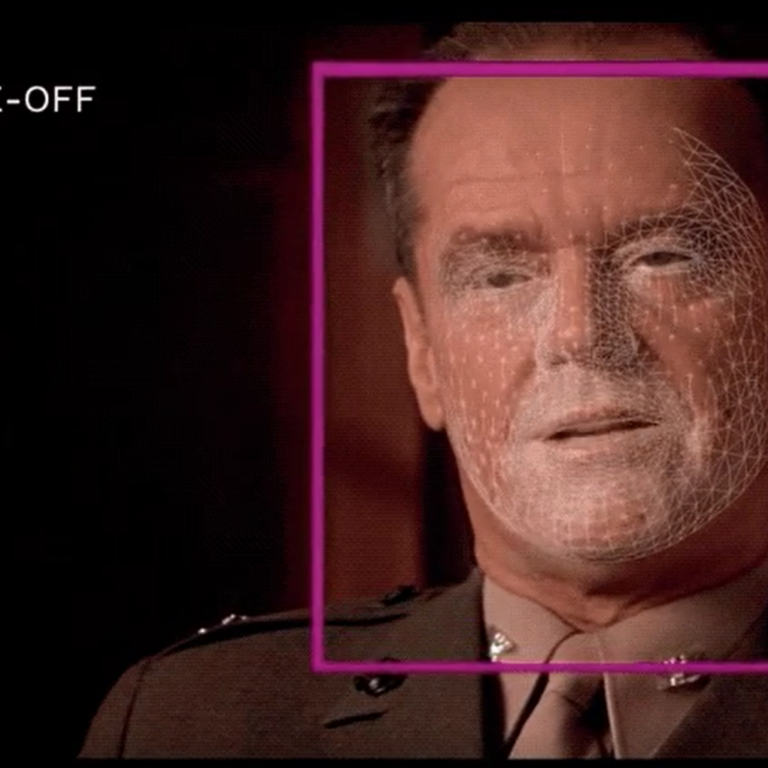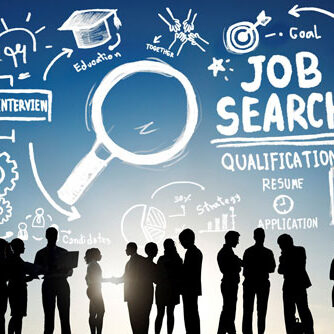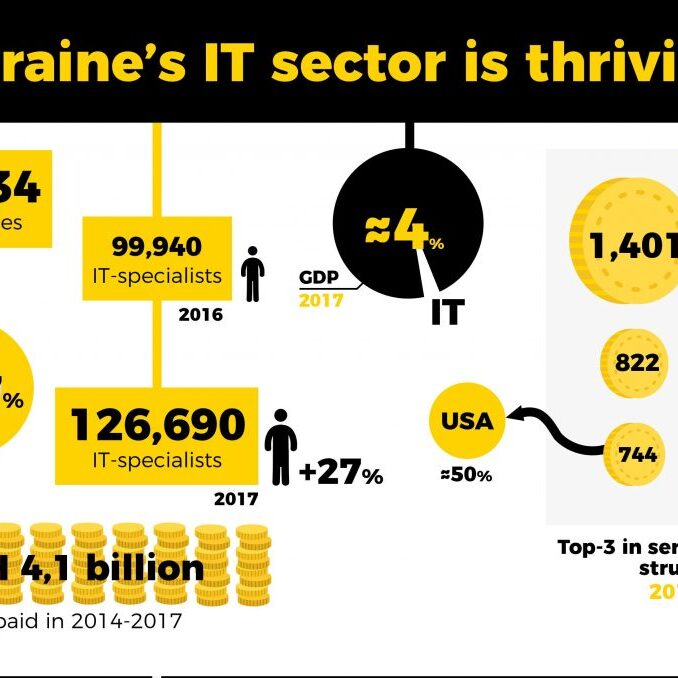Candidate engagement
With the emergence of virtual and augmented reality technologies, it seems that science fiction is losing the fictional element. The primary uses of it have so far been mostly entertainment, it has applications in the operation of companies or businesses.
It can entirely change how both employees and customers interact with businesses. One area which can benefit massively from this is recruitment. Be that the initial stages of recruitment to employee onboarding, there are some clear benefits to be seen.
The recruitment process is as much about finding and attracting talent as well as assessing candidates. VR can play a role in attracting candidates through more immersive engagement techniques.
One example is at job fairs. There’s only so much that fliers, videos, and staff can do to portray the working experience. Virtual and augmented realities will allow candidates to actually see and interact with things, such as the office, rather than an interpretation of it.
Not only can they see the workplace, but they can also even have a go at the role in this new virtual or augmented world. Virtual reality puts the applicant right in the scenario, be that surgery or an engineering problem.
ASSESSMENTS AND TESTING
The assessment processes in recruitment are incredibly hit and miss, therefore probationary periods are commonplace and essential. If a company could accurately assess applicants, it would be easier for the onboarding process.
One common quiz that recruiters use is a series of scenarios where the candidate has to say what they would do to resolve it. Instead of a candidate describing how they would handle a situation, they must put their money where their mouth is and react to several common on-the-job situations (virtually, of course) in real-time.
You can take this even further with a day in the office or workplace being simulated. It can present a series of tasks to them, which you expect them to perform on a working day. This is more intensive than a traditional interview, (were appearance and standard interview questions are the norm).
Training and onboarding
While you expect employees to have skills and knowledge for certain roles, else they wouldn’t be able to perform them, sometimes you want an employee to grow into a role. There may also be an element of upskilling required regardless of their ability.
Having augmented and virtual reality in the onboarding process can help get new recruits up to speed quickly.
Most companies try to save money and time with instructional videos and courses provided online. This benefits both the employee and employer because they can be done whenever it is convenient. However, you miss that hands-on experience, which is essential for technical roles.
Virtual reality allows full immersion and can provide the perfect training platform. Whether you need to stimulate the environment, so they can understand the pressures or have hands-on training on complex machines and technical parts, VR can help with this.
Thanks to the use of VR, recruits can be better oriented with their job tasks and get engaged with their job roles faster.











